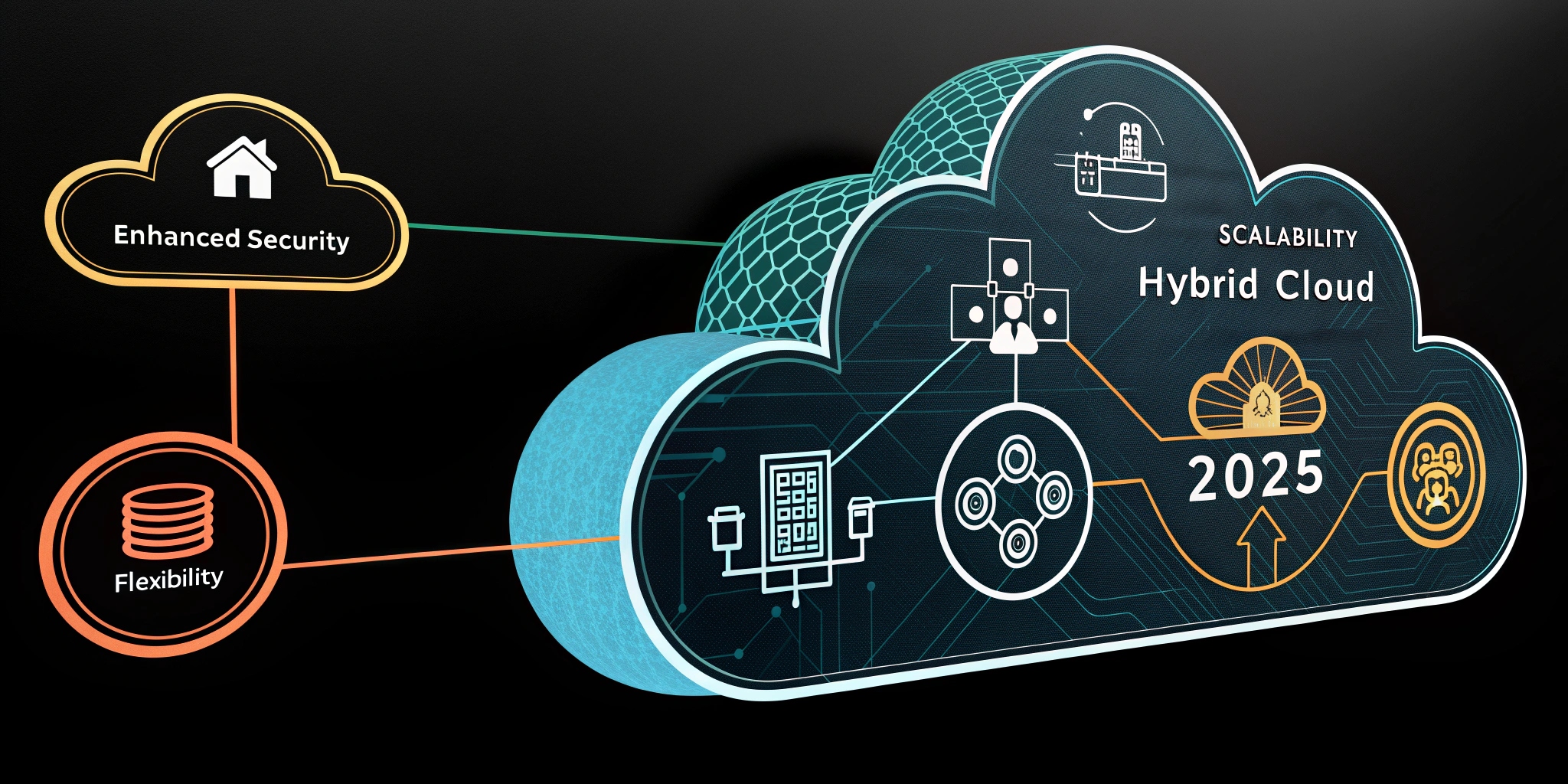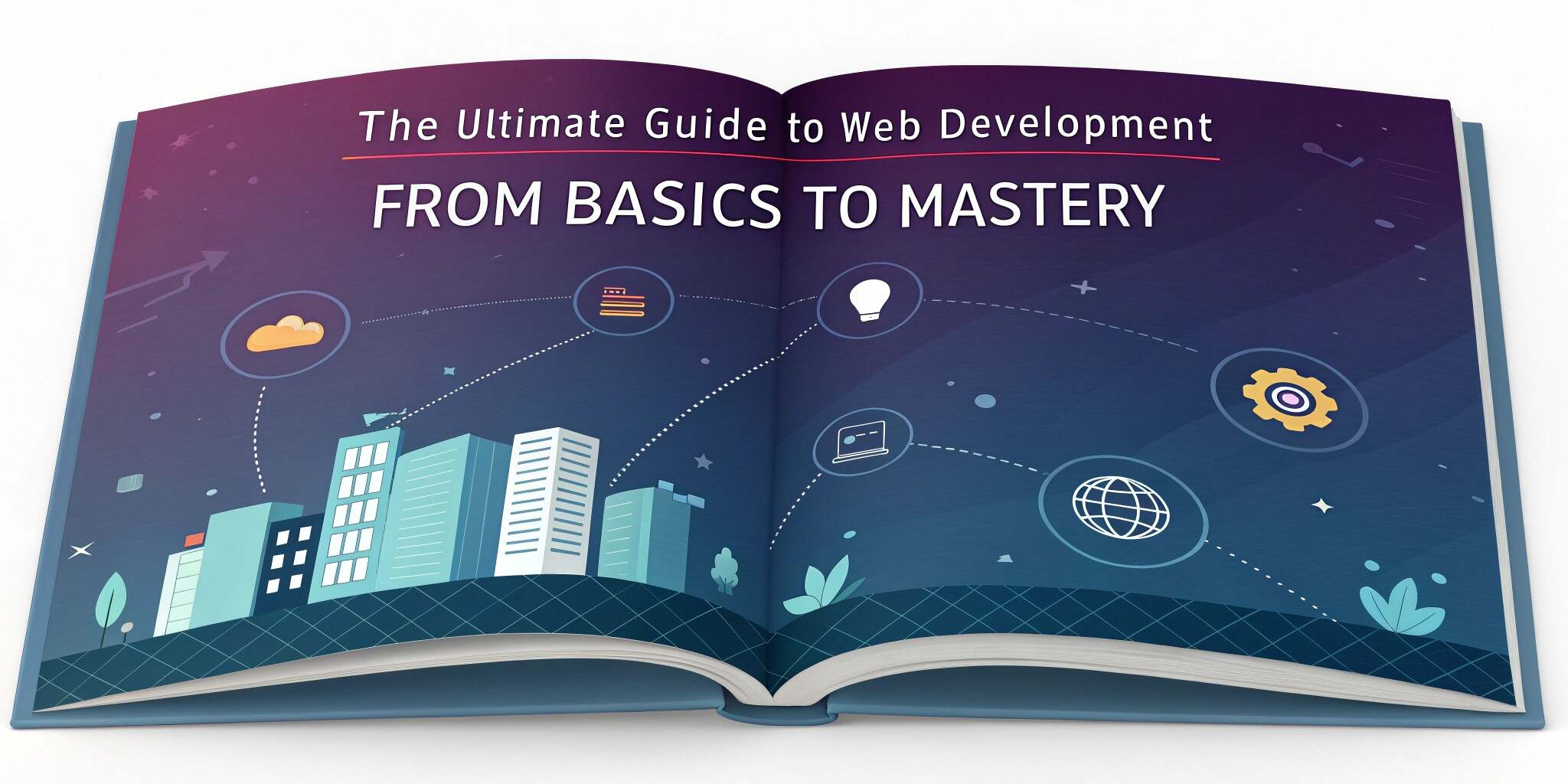As cloud technologies mature and workloads become more complex, the hybrid cloud model has become a top choice for enterprises. By blending public cloud scalability with private cloud control, hybrid strategies allow for flexibility, security, and cost efficiency. In 2025, refining these strategies is more critical than ever.
1. What is a Hybrid Cloud Strategy?
A hybrid cloud strategy combines public and private cloud environments, often integrated with on-premises infrastructure. This model allows businesses to move workloads across environments based on performance, compliance, and cost needs.
Example: Storing sensitive data on a private cloud while using a public cloud for running dynamic applications.
2. Why Hybrid Cloud in 2025?
- Data Sovereignty and Compliance: Regulations require certain data to stay within geographic or organizational boundaries.
- Cost Optimization: Pay-as-you-go for workloads in the public cloud while maintaining critical services in-house.
- Performance Needs: Low-latency apps benefit from proximity to on-premise infrastructure.
- Business Continuity: Enhanced disaster recovery and failover capabilities.
3. Key Strategies for Hybrid Cloud Success
A. Unified Management Platforms
Use centralized control tools like VMware Cloud Foundation, Azure Arc, or Google Anthos for visibility across cloud and on-premise assets.
Tip: Automate provisioning, monitoring, and policy enforcement to reduce complexity.
B. Cloud-Native Application Design
Design apps that can run seamlessly across multiple environments using containers, Kubernetes, and microservices.
Strategy: Invest in DevOps practices and CI/CD pipelines for fluid deployments.
C. Intelligent Workload Placement
Use AI/ML-powered tools to decide where to run workloads based on cost, latency, and regulatory constraints.
Tool Suggestion: Leverage tools like Turbonomic or Azure Cost Management.
D. Enhanced Security Posture
Adopt a Zero Trust security model across all environments and use identity-centric access control to protect assets.
Tools: Integrate SIEM, IAM, and CSPM solutions like Palo Alto Prisma or AWS GuardDuty.
E. Edge Computing Integration
2025 brings more edge devices and IoT use cases. Extend your hybrid cloud strategy to include edge computing for real-time data processing.
Example: Healthcare and retail industries using local edge servers for data privacy and speed.
4. Common Challenges to Address
- Integration Complexity: Ensure APIs and data flows are consistent.
- Vendor Lock-in: Use multi-cloud-friendly tools and standards.
- Data Silos: Create a centralized data governance framework.
- Cost Visibility: Regularly monitor and optimize hybrid cloud spending.
5. Real-World Use Case:
A global e-commerce company uses hybrid cloud to handle seasonal traffic spikes. During high-demand events like Black Friday, it leverages AWS for scalability, while using private infrastructure for inventory and user data management.
Conclusion:
The future of enterprise IT is not one-size-fits-all. In 2025, a robust hybrid cloud strategy enables businesses to stay agile, secure, and scalable. By investing in smart tools, cloud-native design, and intelligent security practices, IT leaders can future-proof their infrastructure.


